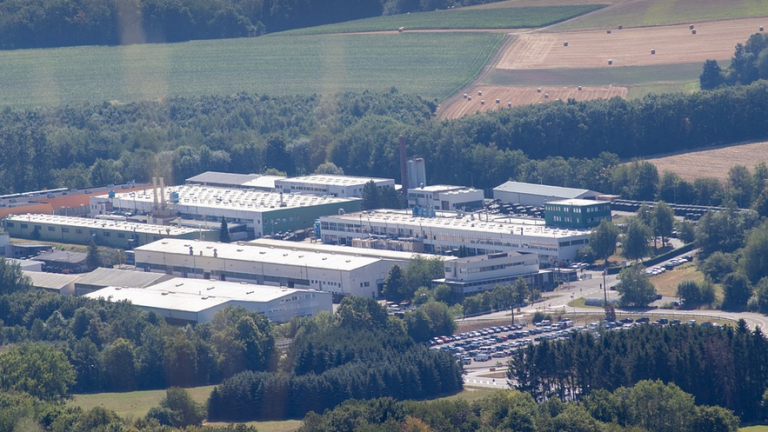
What’s in the bin? A guide to Toms River NJ recycling
Living in Toms River, New Jersey, comes with a certain rhythm—the calming sounds of the waves meeting the shore, families enjoying the lively atmosphere at the local parks. But amidst all this tranquility lies an important responsibility: keeping our community green and sustainable through responsible waste management. In this guide, we’ll delve into the world of Toms River’s recycling program, equipping you with the knowledge to sort your waste efficiently and contribute to a cleaner environment.
Toms River, like many other towns in New Jersey, has adopted a comprehensive recycling program to divert waste from landfills and promote resource conservation. But before you throw that pizza box or soda can into the recycle bin, it’s crucial to understand what actually belongs there and why. The success of this program hinges on your understanding and cooperation.
First things first, let’s talk about what **can** go in your recycling bins:
Items like cardboard boxes, paper products (newspaper, magazines, junk mail), plastic bottles and containers with #1-7 labels, glass jars with lids and aluminum cans. These materials, when properly sorted and recycled, become valuable resources for various industries.
**Why recycling matters:** Recycling is more than just a chore; it’s about leaving a positive impact on our planet, saving precious resources, and contributing to the overall health of our community. When we recycle, we reduce the need for cutting down trees, conserve water, and lower greenhouse gas emissions. The process is also crucial in helping businesses create new products using recycled materials.
**What you CAN’T recycle:** There are certain materials that fall outside the recycling guidelines and should be placed in the regular trash bin:
– Food waste – Compostable items like fruit peels, coffee grounds, and vegetable scraps can be composted at home.
– Plastic bags and wraps
– Styrofoam containers
– Glass that is not clearly labeled (e.g., stained or broken)
– Electronics and batteries
– Hazardous materials (paint, cleaning products, oil)
**How to Sort Your Waste:** The key to successful recycling lies in understanding the proper sorting methods. Take some time to familiarize yourself with the basics of recycling and follow these steps:
- **Paper Items:** Flatten cardboard boxes, remove plastic windows from paperboard containers, and ensure there’s no food residue.
- **Plastic Bottles & Containers:** Check for the #1-7 recycling symbol, ensuring that all lids are properly secured before you toss them into the bin.
- **Glass Jars:** Glass bottles and jars with lids should be placed in the designated glass bins.
**Keep it Clean: The Importance of Proper Disposal**
Always remember to ensure your recycling containers are clean, free of food residue and liquids, before you add them for collection.
**Get Involved:** Toms River’s recycling program is a community effort. Don’t just stick to the basics; take it a step further by engaging in some ways to enhance the process:


